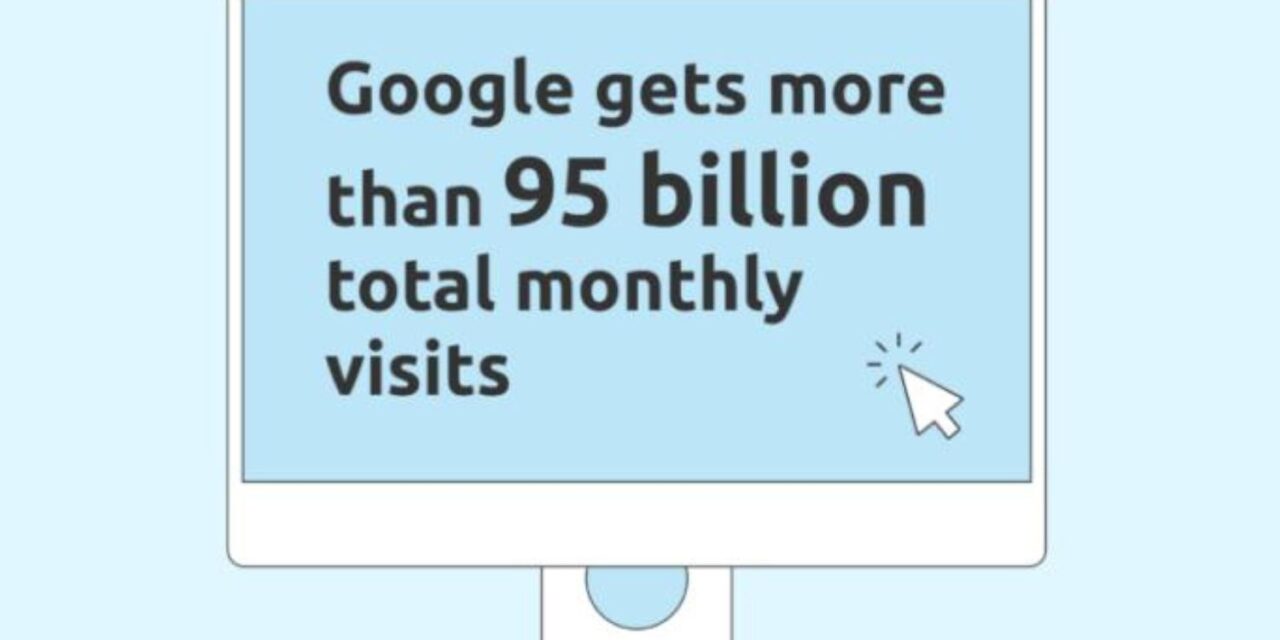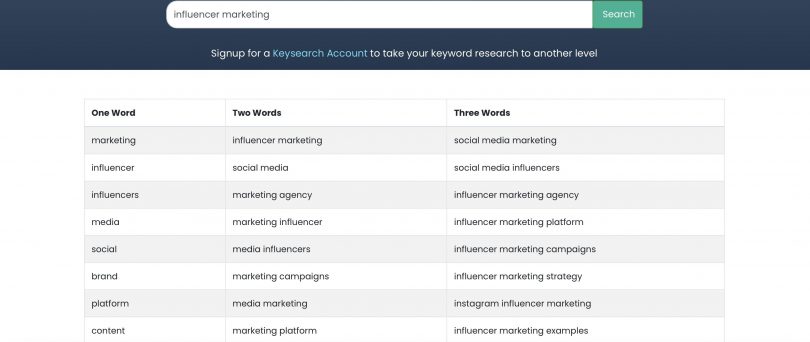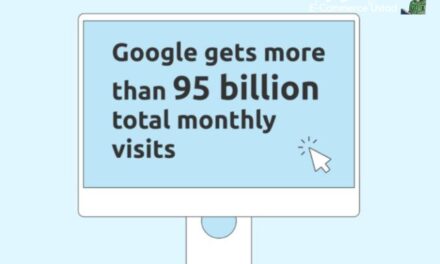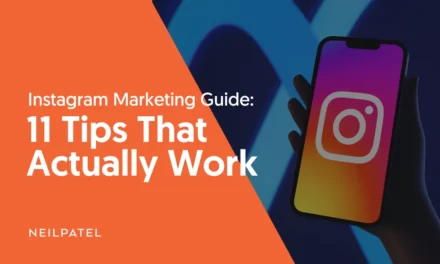
How To Increase SEO Ranking In Google

Increase SEO Ranking Nowadays, brands and their marketing teams must keep track of a plethora of factors. They must keep track of their likes, follows, retweets, comments, shares, tags, and mentions, among other things. Plus, if you’re still in business, especially after the COVID-19 epidemic, you should remember to be grateful.
With over 20 social media sites accessible for marketing, it might be challenging to find time to monitor your Google ranking on top of everything else. After all, haven’t social media altered the way people look for information? Have we reached the point where these channels might potentially replace Google?
According to Semrush data, Google is still the most visited website in the world, with over 95 billion cumulative monthly visitors. To put this in context, Facebook receives just 20 billion total monthly visitors, while Instagram and Amazon both receive little more than 4 billion. In fact, Google has kept the top rank as the most popular website for the past decade.
Tips for Ranking Higher

1. Focus on on-page SEO
On-page SEO is one of the simplest strategies to improve your Google results in 2023. You will not only save time, but you will also get results rapidly. In a nutshell, it refers to all of the aspects on your website’s pages that may be optimized, such as headlines, page names, and graphics. Off-page SEO, on the other hand (which is equally vital), is concerned with increasing relevance for search engines by, for example, obtaining more backlinks (a significant issue that we’ll discuss in further depth later in this article).
Here are some best practices for on-site SEO to get you started:
- Use your keywords at the beginning of your title tags
- Focus on creating long-form content (aim for at least 1,800 words)
- Insert your keyword two to three times per page (keyword stuffing will get you the opposite result)
2. Don’t neglect technical SEO
In a nutshell, technical SEO is the process of ensuring that your website is constructed in such a manner that search engines can simply crawl and index it. Although content is still king, if search engines can’t discover, crawl, and index your pages, your efforts will be futile.
You must, for example, ensure that:
- All your pages are secure
- Your site is optimized for mobile
- You don’t have any plagiarized content or similar content on different pages of your own site
- Pages load quickly
- All the links work
Security
Google prioritizes websites that use HTTPS (hypertext transfer protocol secure). Essentially, it helps to ensure that any information exchanged between the website and the user is safe.
If you don’t have HTTPS yet for whatever inexplicable reason, make it a point to acquire an SSL certificate in 2023 to confirm the identity of your website. After all, it’s not only about pleasing search engines; it should also be about keeping your people safe. The fact that Google would compensate you for taking this extra step is just a lovely gesture.
Speed

Not only will faster-loading pages reduce your bounce rate, but Google’s algorithm considers it when ranking websites. While many of the other aspects are do-it-yourself tasks, if you don’t have a lot of technical knowledge, you’ll probably need to hire an SEO or website design firm to help you with this stage.
Google’s PageSpeed tools, on the other hand, can be valuable. It will assess the content on your pages, provide you with information about your “Speed Index” score, and then provide recommendations on how to improve loading speeds.
User experience (UX)
It should be simple for consumers and search engines to navigate your website. Not only should your websites be easy to browse, but they should also seem professional and appealing.
Mobile optimization
While all of these components are vital, it is critical that your site be mobile-friendly. No one should have to zoom in to read text on a mobile device or fight to click a button. Certainly not in 2023!
If you’re still not sure that it’s a major problem, consider the following:
Mobile devices produce more traffic than desktop computers. Furthermore, Google ranks and indexes websites mostly through their mobile versions.
While the mobile website design and style might alter to improve the user experience, the content must remain the same as on the desktop site. So, if you thought it was as simple as erasing some words, you were mistaken. Just as you’ll most likely require the assistance of professionals to boost your page performance, mobile optimization is best left to website design firms that specialize in technical SEO.


Alternatively, comparable to assessing your page performance, using Google’s Mobile-friendly Test Tool is a smart place to start. It’s quite simple to use. All you have to do is input your URL, and it will show typical issues such as text that is too small to see and buttons that are too small.
3. Don’t settle for low-quality content (ever)
Backlinks (links placed on a third-party website that point to your website) are extremely important in Google’s algorithm. As a result, one of your primary aims should be to encourage people to share your pieces on social media. And you can only expect visitors to do so if you consistently provide high-quality material.
Backlinks not only demonstrate that consumers find your material beneficial, but they also demonstrate to others that you are educated about your field. Furthermore, the more individuals who link to your material, the more Google understands that your information is reputable and shareable.
However, you should not simply generate content and then sit back and wait for people to share it with you. Instead, actively seek it by contacting other respected websites and companies and asking if they would be interested in publishing a guest post that you’ve authored. You may use this method to add your own hyperlinks to relevant material on your website. Furthermore, getting authoritative websites to link back to your website will help your domain authority (DA) score. This method, once again, will only work if you publish high-quality material. This implies you should avoid coming out as excessively spammy, which is a typical pitfall when writing guest blogs.
Overall, the emphasis currently is on high-quality, relevant content.Overall, the emphasis currently is on high-quality, relevant content rather than the amount of keywords on a page. We indicated before that you should strive for at least 1,800 words, but posts greater than 3,000 words perform much better for link building. After all, it’s the overall quality of your content that keeps people interested in your website, not particular keywords. In other words, relevant, entertaining, and well-written material is your greatest shot for reaching the top.
4. Create internal links
While we’ve talked extensively about the value of backlinks, you should also focus on developing internal links. An internal link is a link to another page inside the same domain. In a nutshell, they assist Google in identifying and indexing your web pages.
One advantage of employing internal links is that the anchor text may perfectly match the content. As a result, they are quite simple to construct and do not require the use of third-party websites. Internal links should ideally be placed at the top of the web page. This can also help you enhance your bounce rate (we mean lower, but more on that later).
5. Include LSI keywords
LSI keywords (also known as latent semantic indexing) are similar terms that a search engine, such as Google, may utilize to gain a better understanding of the content of a page. They aren’t quite synonyms, but rather phrases and words that are strongly related to your core keyword.
For example, if your primary keyword is influencer marketing, LSI keywords may include social media, marketing campaigns, brands, Instagram, marketers, endorsements, and so on. You get the picture.
You may still utilize synonyms, but you’ll also need to employ LSI keywords. This is because search engines changed throughout time. You no longer need to be guilty of keyword density in order for Google to understand what your website is about.
In reality, optimizing your content for a small number of keywords is no longer sufficient. Google instead wants to know what your page is about in general. As a result, it will utilize these keywords to confirm that your material is, in fact, on the topic.
Furthermore, adding LSI keywords improves your topical depth, which in turn improves relevance. Topical depth will be increasingly essential in 2023 (thus the desire for long-form material). As a result, be sure to construct and grow your content around other related keywords and subtopics.
After all, you have no excuse not to put in the “extra effort” when there are free internet tools that will perform this research for you. To locate relevant LSI keywords, you can use a tool like LSIGraph or KeySearch.































Recent Comments